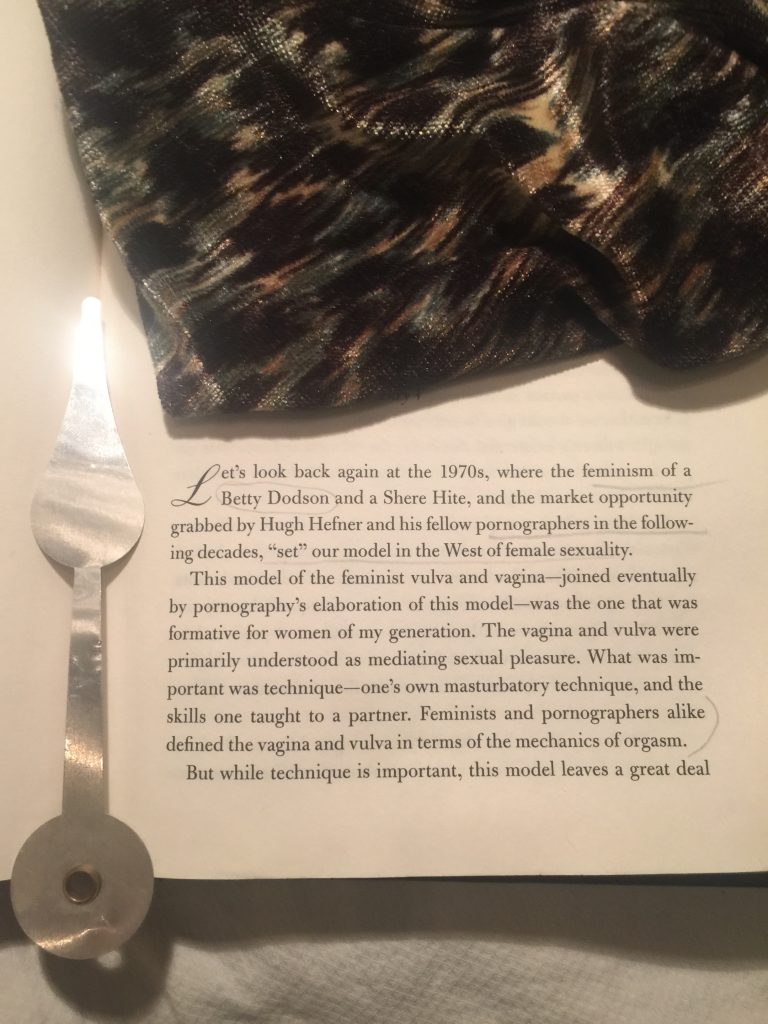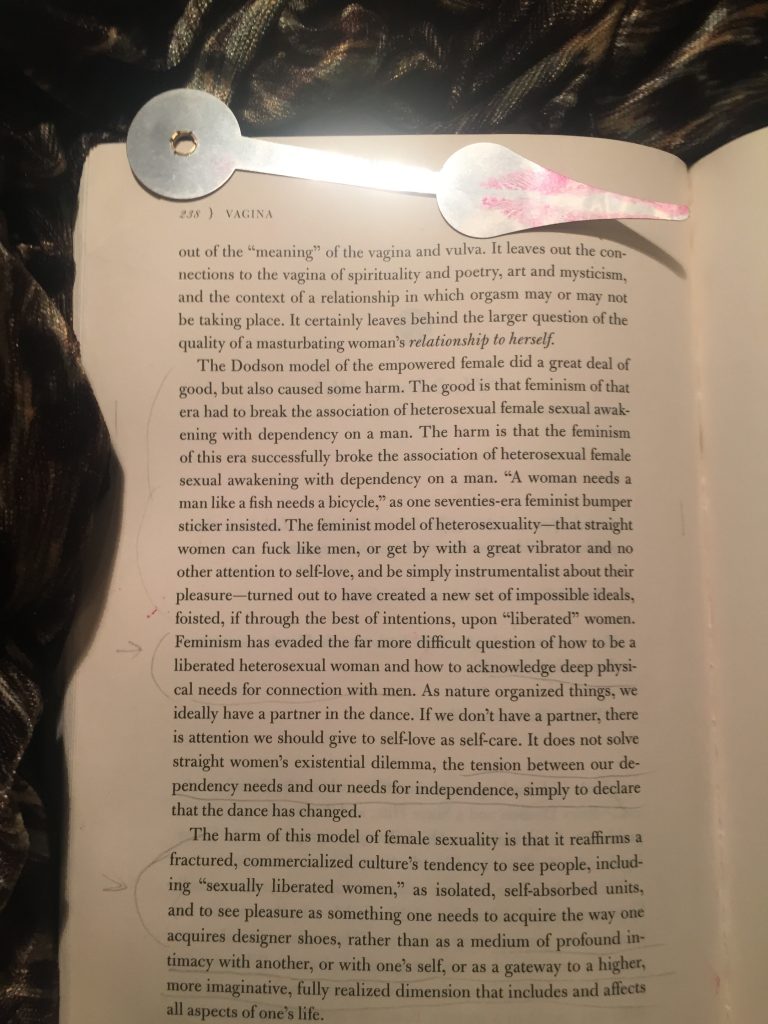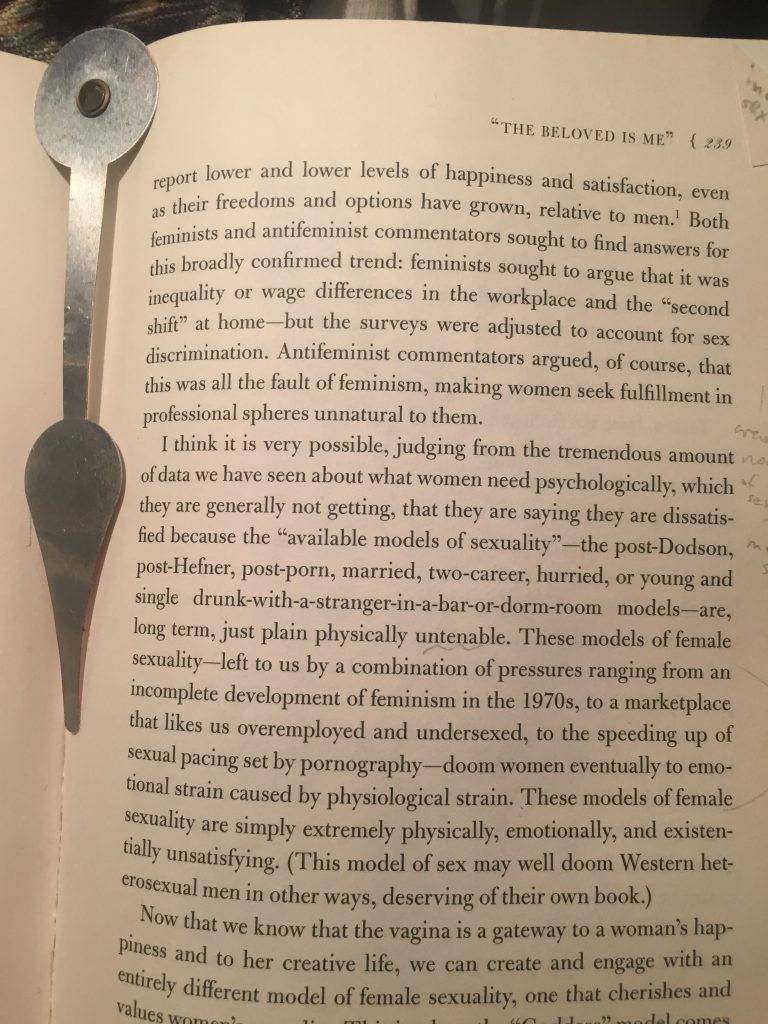Between boys and girls (random, important inputs to sexual education)
For the last years, I have been on a pearl-searching journey. Love and sexuality has been my interest since I remember. So many good and less good games played between people in their intimate relationships. Amazing developments woven together with holding back or confusion. Fear-driven and heart-driven moves. Aspirations based on dreams, philosophies or own projections about how and why others do what they do.
I must admit I’ve been a better collector than practical communicator/interpreter of my findings. So I want to share now – as an initial skeleton built on open questions and reflections that certain experiences and encounters awakened in me.
<”0oo0”>
Searching for love, while learning self-love. Exercising and showing my attractive sides, while longing to show my whole self, meet people from their vulnerable place. Wanting to be in a relationship, at the same time contemplating what/who a relationship should serve and which form it should take. Occasional thoughts about having kids, balanced with doubt, asking why, what drives me, finally trying to find an alternative child.
Meeting people with different ideas and lifestyles, getting curious, getting resistant: where is depth and where escape in monogamy, where is depth and where escape in polyamory? What do women really want? What do men really want? What do women think men want? And vice versa. Can we be together and interact in a way, so that we grow together beyond all those ‘coolness’ games? Can vulnerability be empowering and can honesty not break magic?
<”0oo0”>
“Imagine that…” or “In my perfect world…” are very important mental exercises, I believe. Expressing the most courageous dreams loudly and persistently, while working with what we have – can be a potent starting point before any ‘happiness’ talk.
Jumping in deep-water tantric environments surprisingly changed my life, teaching me something far more precious than any techniques: it namely extended my perception of love and sexuality… as a treasurous communication- and transformation- tool.
As this continuous learning process started to really blossom first in my adulthood – and I suspected it probably also did for many others – with “such a pity!” on my heart, I naturally started to act. I’ve been creating different interactive spaces and workshops, where authentic relating and sensuality are the tools.
My curiosity was also directed towards young people, so I investigated a bit, interviewed some. Where and how do they learn about love and sexuality? What is beautiful, attractive, what is fearful or confusing for them? I was also wondering what sexual education really teaches at schools…
This post is a long (inter)personal story (not scientific findings), with a great potential to awaken some further research or projects that I will gladly hear about and even get involved in.
<ooo00ooo>
The source is 4-fold:
*In spring 2016, I interviewed some teachers in a Swedish school, asking about teenagers and sexual education.
*When in early 2015 I started to serve in Menneskebiblioteket as a human book with two titles: tantra and polyamory, I talked to many adults and youth – both folkeskole and gymnasium – about those topics, life and intimate relationships. I shared my stories and asked them also about their world… and about sexual education.
*Precious insights I got from S, an artist and researcher who facilitates sexual relations groups in Malmo and contributes to further development of sexual education in Swedish schools, including queer, critical perspectives, and analyzing heteronormativity in teaching materials.
*My own life experience and other people’s experiences interpreted by me.
<ooo00ooo>
Love, sexuality and sexes: cultural(?) images, expectations and (self)perceptions
As the Swedish teacher (that taught biology and sexual education) mentioned, in Sweden, there has been a shift in what sexual education focuses on: one must not only learn to say no, but equally important is learning to say yes, listening to one’s “gut feeling”. People often misinterpret each other, so it’s useful to learn how to better read others’ signals.
So it seems that now – to a bigger extent than 30 years ago – lust and desire is a part of curriculum in gymnasia in Sweden.
The teacher mentioned what he showed and not showed to his students as pat of curriculum.
(“Never like the first time” a cartoon
and
“Do you want?” – (film/comic book? – I couldn’t find it) – he couldn’t show it cause the school curator said no 🙂
His reflection was also that teaching sexual education is nothing like any other subject, as one always has to “use” himself/herself. The ‘teacher’ role needs to always extend with something much more personal. During his studies not many fellow-teachers were up for taking this subject, as he said.
He expressed that to be a good sexual education teacher one has to be in a good contact with his/her own sexuality
(“…and I’m more of a theorist, coming from a religious family, where sex was a taboo.”). “And you have to dare to ask questions” – he added. As now it’s also a different world young people are living in, “I should have involved youth themselves in the process of designing a sexual education course last year when I came to teach in a new school”.
That were some of his lessons learned. And what I was the most curious about was:
‘What do u think is the most needed amongst teenagers?’
His answer was: small sharing circles …
{because – he said – they can easily find info about protection and diseases on the net, ungdomsugodning*, etc., but learning about emotions and communication needs to happen face-to-face}
… where young people can open up in trust and together discuss love and sexuality. And especially explore these:
–why do boys and girls do like they do?
-and what do girls and boys really think of each other?
…and topics he found out repeated themselves when he talked to his students:
<ooo00ooo>
1)Girls say that boys have to know better. Boys don’t know that Girls also have to be prepared (lubricated – also emotionally) to have sex.
(and it IS now on the curriculum)
<ooo00ooo>
2)Girls say that boys mainly want sex, but most boys are interested in making it good for girls, but maybe they are just a bit clumsy.
<ooo00ooo>
3)The teacher said that amongst 16 year-olds, maybe 50% already had sex. The interesting thing was that many young people that did not yet have sex seem to think that they are alone, that 90% of others already experienced their first time.
<ooo00ooo>
4)Those that had sex only once often said: “is that it?” – cause they had thought it will be different, better, longer…
<ooo00ooo>
5)Some say that boys gets “high status” when involved in sexual activities, and in terms of girls it’s not so well perceived. So there’s a big difference in being boy and girl when it comes to being a sexual being and expressing it openly.
<ooo00ooo>
A bit on the last point that What the Swedish teacher mentioned, what some teenage girls mentioned and what was mentioned in this video
(spil fra 03:08 min, made in collaboration with Danish ‘Sex og Samfund’, I think) all seem to point to something important.
And pointing maybe not to truth as such, but definitely to some interesting narratives in the society:
Can it be that still today being sexually active with different partners makes men “cool” and women “cheap”?
{I don’t even know how to phrase it – yes, using words is art in itself – to invite critical reflection and not to confirm stereotypes. Let’s share responsibility here, ok?}
http://www.sexfordig.dk/film/seksualitet/?id=1835&vimeo=76428070
Narratives are important, cause they have a power to drive people’s beliefs, actions…and relationships between men and women.
Between boys and girls
In Sisters Academy in Simrishamn 2016, the (w)Hole’s little tableaux filled up with teenagers + new Academy staff.
That afternoon, we created a storytelling circle: 13 teenagers and 5 adults shared their stories and questions about love, sexuality and intimacy.
I also facilitated an ‘Attraction’ workshop there.
Some things that surprised me or fascinated me (how much things developed and stayed the same when I recall my teenage world:
<ooo00ooo>
Some girls expressed that when they go dancing guys often look at them as at sexual objects so they feel pressure of feeding this canon of beauty and sexiness.
{“And girls want to be seen as ‘a whole person’? Or?” – the sexual education teacher asked when I told him that. I don’t remember what I answered. The question sounded so rhetorical to me, that I surprised myself that I hesitated… }
<ooo00ooo>
And some guys said to that: it depends on the intention of coming to a party. Sometimes I am relaxed and want to connect to people. Sometimes “I just want to fuck and kill”.
<ooo00ooo>
And then some girls said that sometimes they also have this energy of “fuck and kill”. But they also said that for boys it is much easier to appear “cool” when expressing interest in sex than it is for girls.
<ooo00ooo>
One girl told me that others at school perceive her as a non-sexual being until one night they saw her lap-dance and were surprised to see this side of her. It seems that people create stereotypes about each other and others’ sexual abilities.
It seemed to me that both sides are tired of playing this confusing game that they actually don’t like to play.
Masculine and Feminine in a woman, Masculine and Feminine in a man…
Recently I repeatedly talked to people – also, but not only, from queer environments – that seemed triggered by operating with notions ‘feminine’ and ‘masculine’. For me they are just words abstractly representing certain qualities without coloring them with judgement. Like purple and yellow. Like air or earth element. Now I see that the problem might be that in people’s minds ‘feminine’ is linked to women and ‘masculine’ to men. No doubt that queer people often hate all this tantric “polarity” talk 🙂
But The New Tantra is very queer in a way. Polarity is sexy, but reverse polarity is as sexy. Women expressing their “masculine” sides and men playing with “feminine” sides – all to grow even more powerful as human beings. Men being together with men, women with women, if it feels right, sexual identities being very fluid in this sense.
I still use those concepts (masculine, feminine), I like using them, but sometimes I consider finding new words – just to avoid unnecessary, long explanations.
I am interested in sexuality/sensuality as communication – a practice potentially much broader than what happens isolated between romantic partners/lovers.
Gender Identity and Feminism(s)
My experience was that topics like gender identity, transsexualism and feminism were hot subjects amongst the youth in Swedish gymnasium. It stroke me also how determined some female teenagers talk about feminism. That made me initially think two things: 1. there must me plenty of different schools of feminism, they keep multiplying and there’s so little I know about this complexity 2. those girls seemed to have an uncompromising belief in the importance of this “fight for female rights” and strong idea about commonly repeated issues like even salaries, equal access to various resources, right to abortion, etc. Then I started to ask about definitions, weaving in various “why’s?”.
My spontaneous concern was also: “poor men amongst those strong women equipped with unquestionable historical arguments and often with better abilities to express their emotions and opinions. Who is fighting for your rights, men?”.
I’ve been also wondering how men and women can cooperate, so that they become stronger together. What would be their common fight?
And am I a feminist myself? And if yes, what is MY feminism?
When I was young, I called myself a feminist – as every intelligent, aware, modern girl should – I thought 🙂
From the today’s perspective, that movement and belief system was built very much on opposition. Us against them. Who’s winning the battle, baby?
Porn can be destructive for learning real intimacy and deep sexuality – I’ve often heard.
But certain schools of feminism (“I have my clit and don’t need a man”) can no less than that contribute to unnecessary separation between men and women.
One book during the Academy started as a single-use reference to a question, and ended up as a recurring foundation for many existential debates, its fragments being read in various corners, its pages were flipped through by many curious hands. “Vagina” by Naomi Wolf the book was… I want to share some quotes.
(quotes from “Vagina“).
It took me years of search and trial and confusion to come a bit closer to understanding where the real women’s power lies. In my world, of course, let me share about MY PERSONAL FEMINISM…
Since tantra entered into my life some years ago, standing in opposition to men was suddenly not longer necessary and not at all in my interest. On the contrary. I have actually never found so much woman-power in me as when being close to men. What an amazing shift, a relief! So yes, I am a feminist and I like male feminists, too, I just need to find my own definition and manifestation of feminism.
“Nuancing” dynamic realities, questioning hard-to-question slogans. Setting free last-described “structures” by creating new narratives.
Embrace complexity, baby!
If you want to read more on love, relationships and sexuality, with new angles, new real stories, 1.5 years later, you’re welcome to land on my post about Labels, Self-Perceptions and (A)Sexuality
<***> know that this sharing is about questions, not answers and is an expression of my own curiosity and a potential debate-starter. It doesn’t present any statistic-based study, but pieces of a complex picture – all gathered, while talking to different people.



